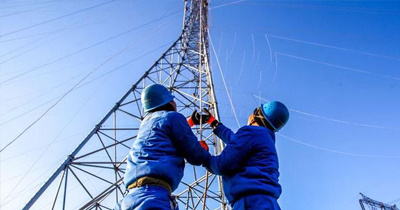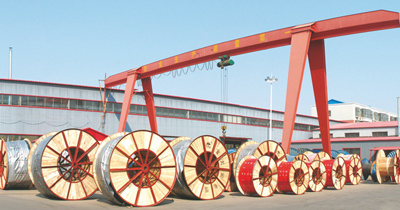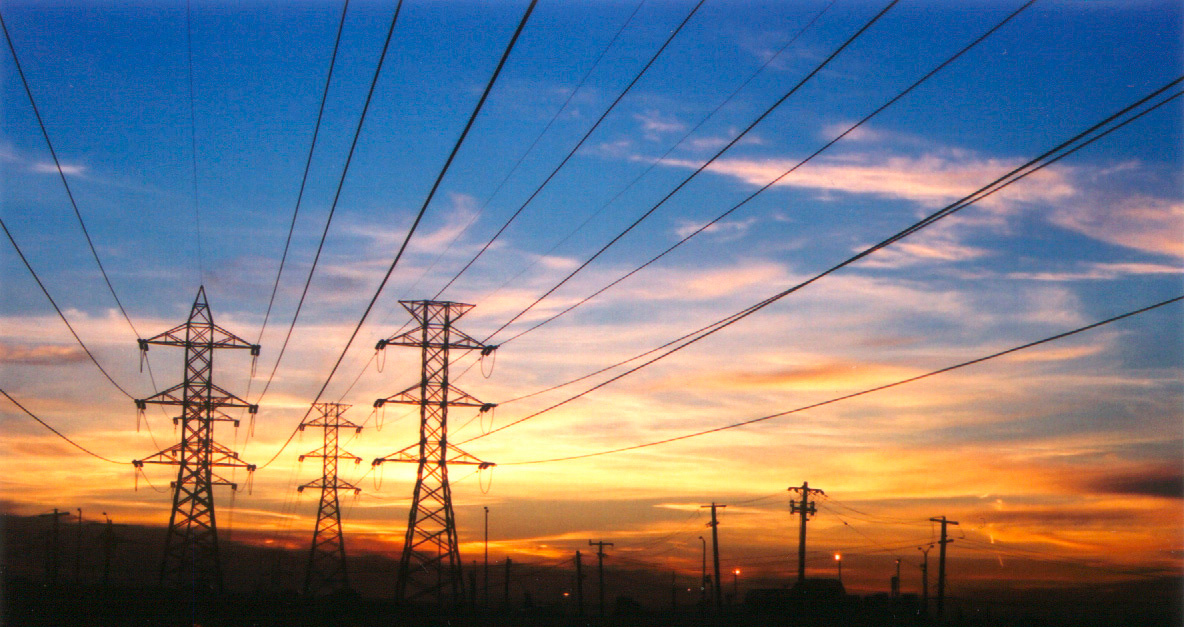Primary applications of low-smoke, halogen-free cables
The product boasts excellent flame-retardant performance, producing minimal smoke during combustion and emitting no corrosive gases. It is widely used in nuclear power plants, subway stations, telephone exchanges, computer control centers, high-rise buildings, hotels, broadcasting and television stations, critical military facilities, oil platforms, and other locations with high concentrations of people and low air density.
Characteristics of low-smoke, halogen-free wires:
(1) Tensile strength is higher than that of standard PVC wires: While typical PVC wires have a tensile strength exceeding 1.05 kgf/mm², low-smoke halogen-free wires boast a tensile strength greater than 1.2 kgf/mm².
(2) Exhibits excellent weather resistance (-30°C to 105°C);
(3) Possesses excellent flexibility (hardness rating of 80–90);
(4) Non-migratory (since no plasticizers are added to this product formulation, there is no risk of migration);
(5) Does not produce toxic black smoke when burned (only a small amount of white smoke is generated);
(6) Exhibits high volume resistivity: PVC wires typically range from 10¹² to 10¹⁵ Ω/cm³, while low-smoke, halogen-free wires have a resistivity exceeding 10¹⁶ Ω/cm³.
(7) Exhibits excellent high-voltage resistance: PVC wires typically withstand over 10 kV, while low-smoke, halogen-free wires can handle up to 15 kV or more.
(8) Exhibits excellent elasticity and adhesiveness.
Low-smoke, halogen-free wire material formulation additives:
(1) Linear PE and elastic PE are selected as the primary resins, while the flame-retardant material consists of three crystalline hydrate-containing metal oxides, each losing its water of crystallization at 200°C, 300°C, and above 300°C, respectively.
Tags:
Related News
Primary applications of low-smoke, halogen-free cables










